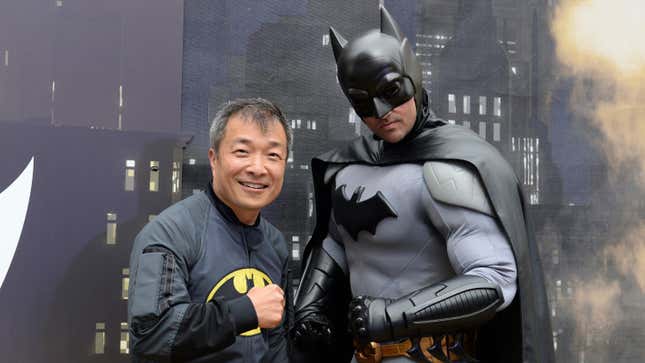


From 1975 to 1991, Claremont wrote bimonthly and then monthly installments of an edgy, ambitious, often grandiose epic that eventually spawned eleven continuing related series. One could argue that it is an X-Men story simply because it was thought up by Chris Claremont, who transformed a single underachieving comic into the best-selling superhero franchise of its time. If the story is more about people than about superheroes, wonders Harras, “how is it an X-Men story?” “It feels wrong,” adds Mark Powers, who edits the X-Men comic books. “I don’t mind the virus mutating at some point,” Harras tells Claremont, “but turning humans into mutants is a bad idea.” “It’s like The Andromeda Strain.”įranco isn’t buying this, and Harras, the only man in the room wearing a tie, intervenes from behind his desk. “The disease has mutated,” Claremont says. But in nonmutants, it grafts the X-gene onto them and triggers it.” “The thing about the Legacy virus is that it will leave mutants alone. “You saying everybody in the town has an X-factor?” Pete Franco, a spiky-haired assistant editor in his twenties, gnaws at a toothpick. They’re waiting for him to wring another plotline out of Stryfe, a villain that has menaced the X-Men before.Ī merry Falstaff in stretch-waist khakis and boat shoes, Claremont, 49, raises a chubby finger and continues: “But nobody knows how to use them.” “Once the disease activates,” says Chris Claremont, a fiendish grin dancing across his face, “let’s say we find an isolated town and – boom! – everybody instantly has powers.” Eagerly rocking forward in a beat-up old swivel chair, the writer of the X-Men comics looks across the office of Marvel Comics editor-in-chief Bob Harras, where two colleagues sit at attention under a cardboard blowup of Captain America.


 0 kommentar(er)
0 kommentar(er)
